How to Relieve Leg Pain at Night: 10 Effective Strategies
A few aches when you head to bed after a big day of walking or running is considered normal. But, if you’re finding yourself tossing and turning at night, unable to sleep because of severe leg pain, it’s time to find remedies for the underlying causes of your discomfort.
How can you relieve leg pain at night to get better sleep? Depending on your condition, using recovery and relief tools like compression socks can improve your circulation to decrease inflammation, swelling, and/or discomfort.
We’ve also put together a list of strategies that can help improve your sleep quality. Read on to learn how to soothe aching limbs, what could be causing severe leg pain at night (also called nocturnal leg pain), and when you should speak to your doctor about it.
How to Relieve Severe Leg Pain at Night
There are a many benefits of wearing compression socks to boost blood flow and reduce localized muscle and joint pain at night. You can also benefit from other remedies to reduce the likelihood of cramps, numb or tingling feet, restless leg syndrome, and other painful conditions.
-
Wear Compression Socks
Thanks to their light massage and support of the limbs, compression socks and stockings are a great choice to relieve muscle and joint pain throughout the day, as well as reduce the risk of cramping, swelling, and discomfort. But they may also be beneficial if worn overnight.
First, scientific findings show that compression socks improve blood flow. Compression socks may reduce the risk of legs and feet feeling numb, feeling cold, or swelling up from blood pooling at the extremities.
Poor circulation to the legs can affect those spending most of their day on their feet, even if they don’t have a particular medical condition. Graduated compression socks are tighter around the ankles and gradually loosen when moving up the leg, which stimulates upward circulation. If you’ve worn compression socks during the day, you reduce the risk of leg pain preventing a good night’s sleep. Alternatively, if your legs are swelling or in severe pain can wear your compression socks before bed to reduce those symptoms to make sleeping easier.
Second, compression wear works by gently massaging the muscles in the affected area. This soothes pain from delayed onset muscle soreness, sitting in uncomfortable positions, or standing all day. It’s a welcome relief for sore feet, too.
Finally, severe leg pain at night has been associated with Peripheral Artery Disease (PAD) - a condition where blood flow is reduced in the legs and arms due to narrowing of arteries. Unfortunately, this condition is common (scientific findings show that over 12 million people in the US and 200 million worldwide suffer from it). Compression socks may help reduce the swelling and pain in the early stages of PAD, but it’s not advisable to wear them if you have chronic / severe PAD.
Interested in trying compression socks? Check out our collection here!
-
Exercise Regularly
Regular exercise to help relieve pain and discomfort at night. This information is backed by science. Adding movement into your day helps the blood circulate and prevents it from pooling in any one part of your body.
Another positive outcome of exercising is that, along with following a healthy diet, it helps reduce the likelihood of conditions such as clogged arteries and peripheral artery disease, which lead to insufficient blood flow and, consequently, to leg pain and discomfort.
-
Stay Hydrated
Often, severe leg pain at night is caused by cramps brought on by dehydration. If you don’t drink enough water throughout the day, it could be that you’re starting to cramp up just as you relax in bed. Generally, you should aim to drink about 8 cups of water a day. The Mayo Clinic advises that men drink around 3.7 liters of fluid daily, while women drink 2.7 liters. It is important to know that about 20% of the recommended fluids comes from food.
Good hydration levels prevent cramping, lubricate the joints, and help protect sensitive tissues. Dehydration sometimes triggers late-night cramps that can feel like they’ve come from nothing. The combination of staying hydrated and wearing compression socks through the day helps reduce leg pain at night. Doing as many of these tips as you can will give you great benefits.

-
Talk to Your Doctor About Vitamin K2 Supplements
A 2023 study has shown that vitamin K2 helps relieve sore muscles and reduce the likelihood of cramping at night. This is for cases where vitamin K2 deficiency is the cause of muscle cramps. However, magnesium supplements may not always be helpful, so you should consult with your doctor and run tests to see if you have a deficiency.
Additionally, taking a calcium or magnesium supplement could help against cramping when you’re pregnant, according to the Mayo Clinic. But it doesn’t just need to come from a supplement - pregnant women can also add more calcium and magnesium-rich foods into their diet (whole grains, beans, dried fruits, nuts, and seeds) to see some benefits.
-
Maintain a Healthy Weight
High body weight increases the pressure on your muscles and joints, which may end up causing you pain. Research shows that significant weight loss can reduce pain in the legs. Overweight people also put their cardiovascular system at risk.
While wearing compression socks can stimulate circulation so you don’t develop blood clots or suffer from swelling and pain, maintaining a healthy weight reduces cardiovascular risks and can reduce the risk of developing leg or knee pain. Finally, the American Heart Association warns that obesity may increase the risk of peripheral artery disease, which increases the risk of leg pain at night.
-
Consider Self-Massage
A few minutes of massaging your legs and feet can stimulate blood flow and release tensions in the muscles. Doing so can reduce the chance of having problems sleeping due to leg pain at night. This is great for the end of a busy day, maybe while you watch TV or relax before bed. Self-massage is also beneficial for stimulating blood flow in pregnant women.
-
Incorporate Stretching Into Your Bedtime Routine
According to scientific findings, a wind-down routine that includes easy yoga or stretching can make a huge difference in reducing stress and relieving soreness before bed. As a result, you’ll likely fall asleep more quickly and sleep better. Moreover, stretching can help reduce muscle tightness or the feeling of “knots” - therefore reducing pain caused by these.
Here are a few quick stretches you can do before you go to sleep:
- From a standing position, gently roll down your head, nodding your chin, then bending your body until you can touch the floor (or as far as you can go) and then roll back up; repeat this 3 times.
- On your last repetition, bend your knees and bring your hands to the floor. Then, slowly walk your hands to the top of a mat and lie down on your stomach; reach behind you while bending one knee so you can grab your right foot with your right hand; gently stretch your hamstring for a count of 10, then repeat on the other side; do this 3 times.
- Roll onto your back and lift one leg, while keeping the other flat to the floor; help hold it up with your hands, feeling the stretch in your hamstring; repeat on both sides, 3 times.
- Standing up, with your palms against a wall and your feet a short distance away from it, release tension in your calf muscles by slowing bending your knees as if you’re walking on tip toes against the wall; do this a few times with both feet.
-
Elevate Your Legs
In addition to wearing graduated compression socks to prevent blood from pooling around the ankles, elevating your legs will also reduce some of the pressure on the lower extremities. The Center for Vascular Medicine reports that leg elevation can help boost blood flow back up towards the heart, reducing swelling and pain.
-
Try Hot and Cold Therapy
Anti-inflammatory remedies for sore joints and muscles include hot or cold packs which can also stimulate the blood flow and help relieve pain. You can also use ice baths or saunas when you go to your local gym if these are available.
A scientific report found that hot-pack therapy reduced pain better than cold therapy within 2 days of exercising. After 2 days of exercising, cold-pack therapy was better for pain relief. Keep this in mind when you are trying to reduce leg pain at night.
-
Manage Underlying Health Conditions
Some people who suffer from leg pains at night don’t know that they’re dealing with an underlying condition and the pain is simply a symptom. Some of these conditions include gout, undiscovered bone stress fractures, blood clots, deep vein thrombosis, PAD, etc. It’s worth discussing with your doctor to understand where the pain is coming from and start managing these underlying causes first.
What Causes Your Legs to Ache at Night?
Your legs may be hurting at night because of built-up inflammation, muscle injury, stiffness, or swelling during the day. These are often associated with poor peripheral circulation or the effects of gravity from standing or sitting for too long at work or if you were traveling.
Moreover, underlying health conditions linked to poor circulation also cause leg pain. These can include peripheral artery disease, blood clots, varicose veins, etc. In all these cases, blood doesn’t flow normally through the veins, causing build-ups of fluid that hurts the lower legs when you’re trying to get a good night’s sleep.
Finally, cramps are also an unwanted blight when you’re in bed. You may cramp from low hydration levels, a lack of sufficient vitamin K2 or calcium, if you are pregnant, or from having overused your muscles during exercise.
When Should I Be Concerned About Leg Pain at Night?
A feeling of mild pain or discomfort after working out is absolutely normal. And, for many of us, pins and needles or occasional cramping or painful, swollen legs can be the result of our daily activities, especially if we’ve been on our feet for too long. We can counter these episodes of nocturnal leg pain with lifestyle changes like increased hydration, maintaining a healthy weight, or exercising, and wearing compression socks.
However, if your painful episodes are extremely uncomfortable or last for a long time, you should consult with your doctor. It’s important to understand the underlying causes of leg pain, which could point you in the direction of different medication and effective treatment. Left untreated, problems such as blood clots, gout, or peripheral artery disease can worsen your health and become dangerous. So, go through your symptoms with a medical practitioner and see which of the steps above are most relevant for your situation.
References
van Campen, C. L. M. C., Rowe, P. C., & Visser, F. C. (2021). Compression Stockings Improve Cardiac Output and Cerebral Blood Flow during Tilt Testing in Myalgic Encephalomyelitis/Chronic Fatigue Syndrome (ME/CFS) Patients: A Randomized Crossover Trial. Medicina (Kaunas, Lithuania), 58(1), 51. Read it here.
Allison, M. A., Armstrong, D. G., Goodney, P. P., Hamburg, N. M., Kirksey, L., Lancaster, K. J., Mena-Hurtado, C. I., Misra, S., Treat-Jacobson, D. J., White Solaru, K. T., & American Heart Association Council on Peripheral Vascular Disease; Council on Hypertension; and Council on Lifestyle and Cardiometabolic Health (2023). Health Disparities in Peripheral Artery Disease: A Scientific Statement From the American Heart Association. Circulation, 148(3), 286–296. Read it here.
Lima, L. V., Abner, T. S. S., & Sluka, K. A. (2017). Does exercise increase or decrease pain? Central mechanisms underlying these two phenomena. The Journal of physiology, 595(13), 4141–4150. Read it here.
Mayo Clinic. (2020, October 14). Water: How much should you drink every day? Mayo Clinic. Read it here.
Li, Y., Zhu, R., Wang, L., & Tan, J. (2023). Effect of vitamin K2 in the treatment of nocturnal leg cramps in the older population: Study protocol of a randomized, double-blind, controlled trial. Frontiers in nutrition, 10, 1119233. Read it here.
Marnach, MD. (2023). Tips to avoid leg cramps during pregnancy. Mayo Clinic. Read it here.
Melo, I. T., & São-Pedro, M. (2012). Musculoskeletal pain in lower limbs in obese patients before and after bariatric surgery. Arquivos brasileiros de cirurgia digestiva : ABCD = Brazilian archives of digestive surgery, 25(1), 29–32. Read it here.
American Heart Association News. Obesity may increase risk for peripheral artery disease. (2018). www.heart.org. Read it here.
Hallegraeff, J. M., van der Schans, C. P., de Ruiter, R., & de Greef, M. H. (2012). Stretching before sleep reduces the frequency and severity of nocturnal leg cramps in older adults: a randomised trial. Journal of physiotherapy, 58(1), 17–22. Read it here.
“Top Tips to Elevate Legs and Mistakes to Avoid | Center for Vascular Medicine.” www.cvmus.com. Read it here.








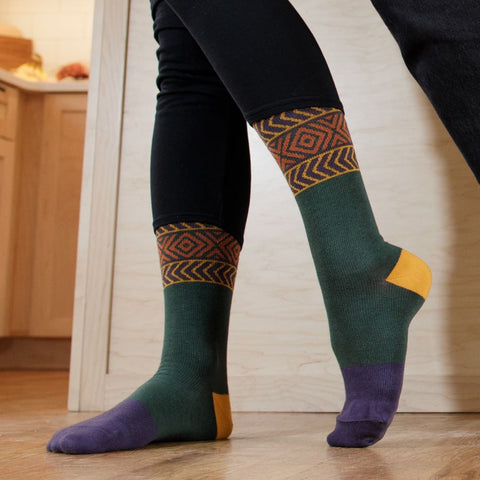

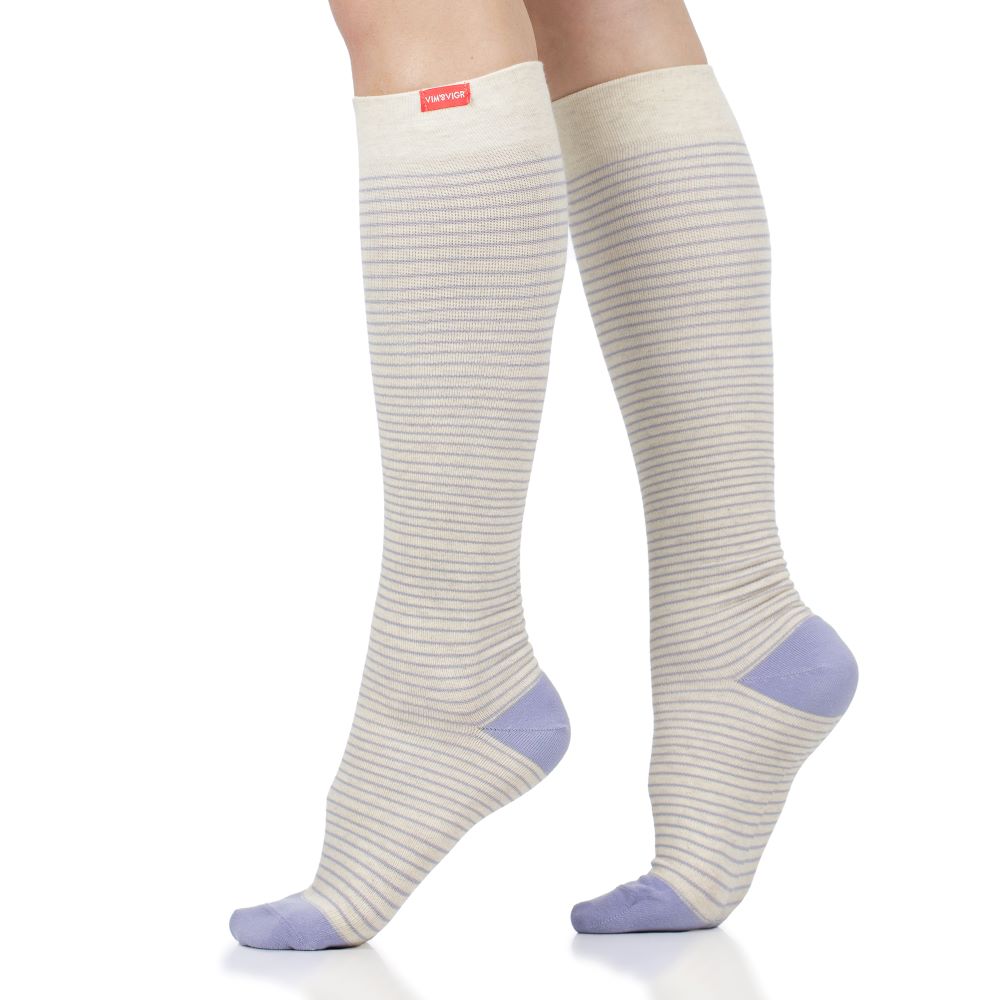
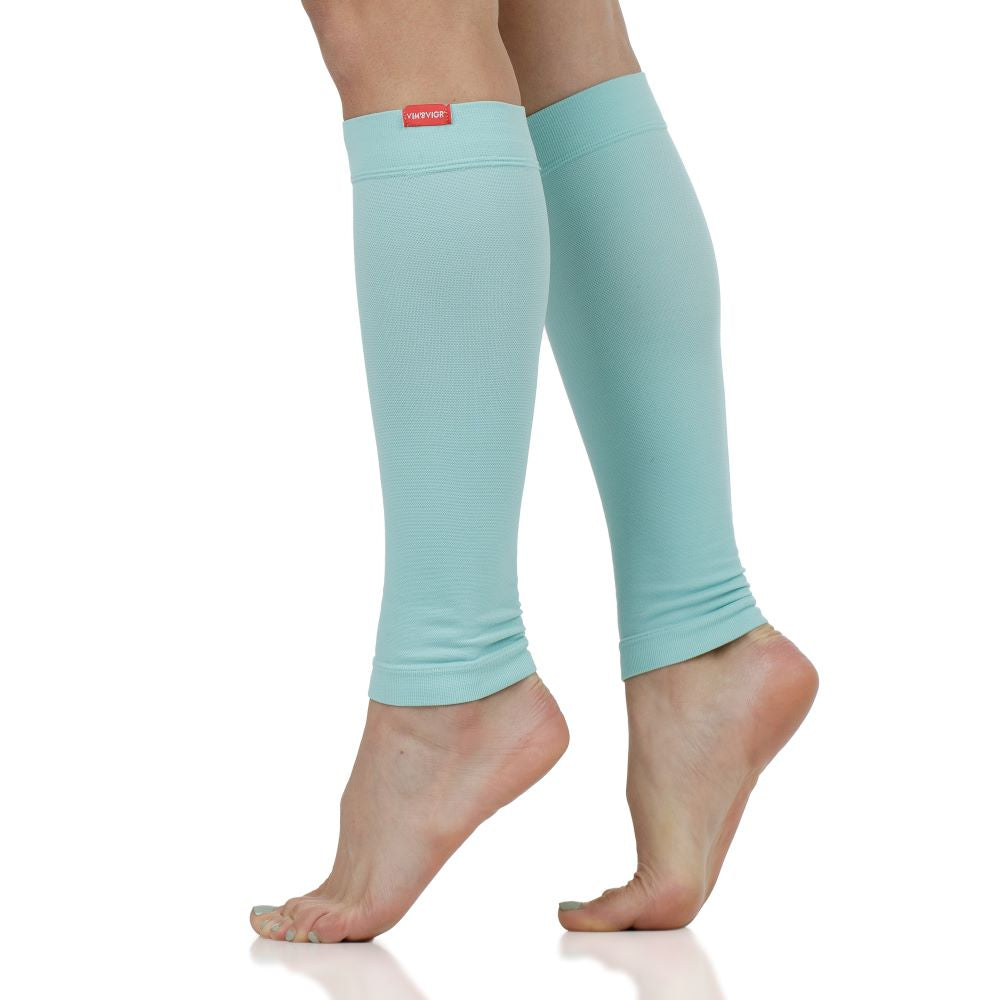
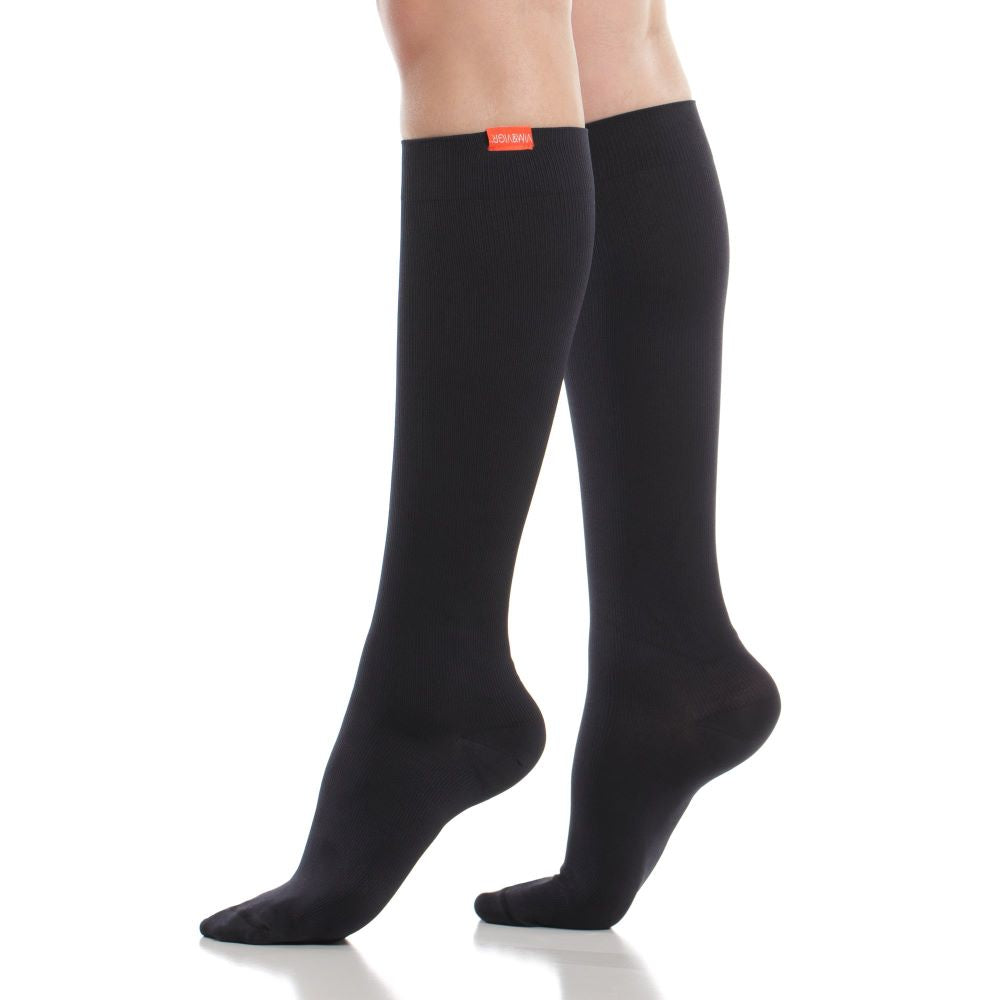
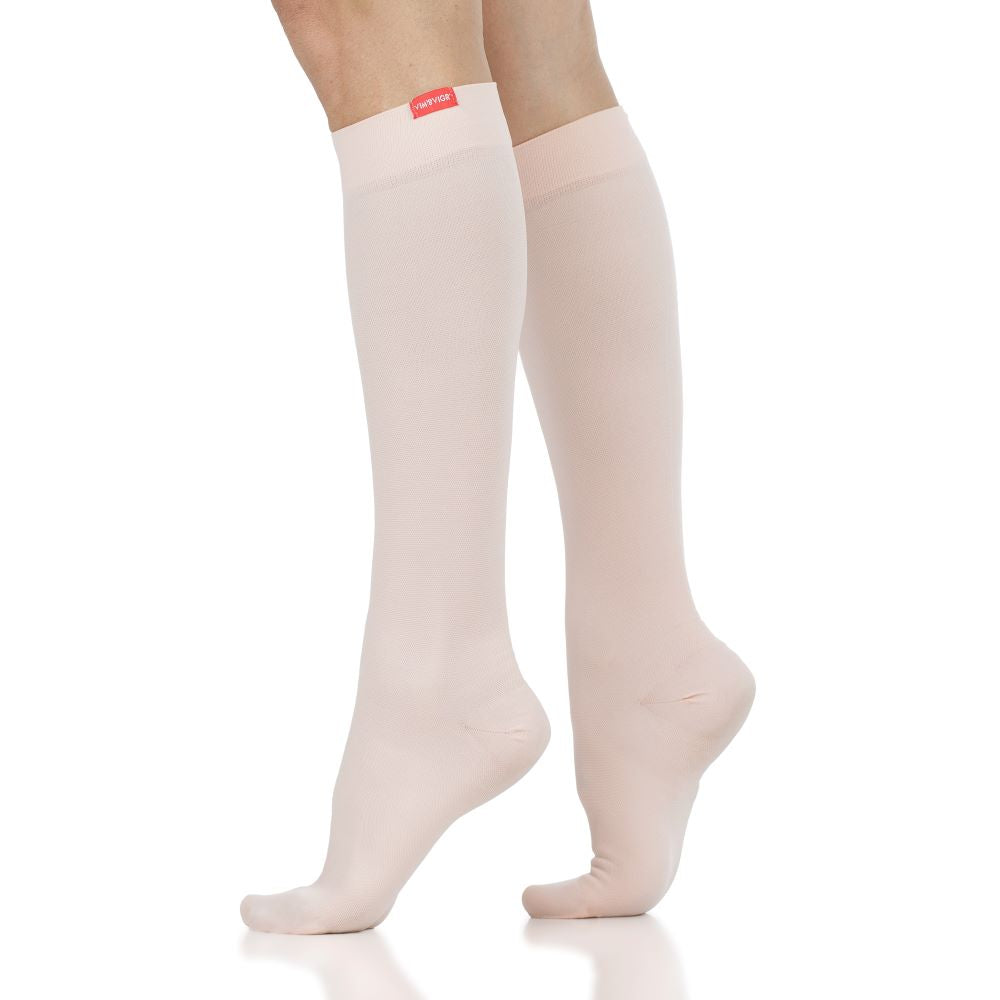






Leave a comment